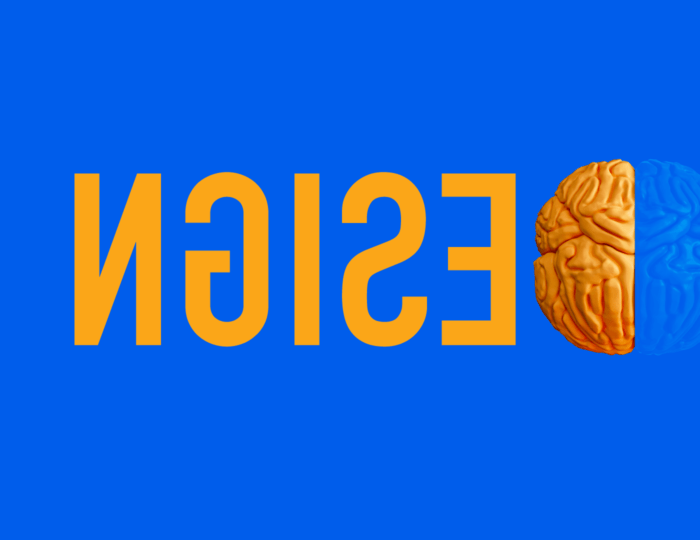Design is a Left Brain Task.
In a place like Hong Kong, where designers are aplenty and competition is tough, pitching clients has become a secret for few, a norm for many. To survive in the crowded space, undercutting is commonplace – ‘all-you-can-eat’ design services are available at $4,000 a month, and logos for as low as $500 a pop.
So why the proliferation of designers? Some say it is due to rapid advances in technology. With infinite online resources and creative tools like Pinterest and istock accessible at virtually no cost, anybody can call themselves a ‘design expert’ – all you need is a computer, and a little help from the almighty Adobe.
Others attribute it to an increasingly client-dominated market. Not only are designers expected to deliver quick results, clients – who are at times ill-informed about design – tend to dictate the creative process. After a gazillion iterations, the design intent gets lost, and designers become no more than extra pairs of hands at the client’s disposal – replaceable with a blink of an eye.
To put it simply: yes, I do believe that anyone can do design, but that is because many of us have well-functioning left brains.
Doesn’t creativity belong to right-brainers, you ask? My answer is no.

Art is an expression, Design is the solution.
Since the Bauhaus era, design has been about solving problems. Whether it is a marketing leaflet, or a book, a good design allows content to be read easily, and be visually pleasing. Developing a brand identity means putting the company’s core values at the forefront, equally important is how the ‘new look’ could impact behaviour. To build a successful website or an application, there must first be an innate understanding of users’ logic and preferences.
No matter the creative discipline – be it graphics, industrial, fashion or interiors – designers are continuously challenged to think analytically, to extract and interpret information. We understand that not every design needs to be revolutionary, but they should be thoughtful and considered – tailored to each client’s purpose. This is where the left brain comes in.
What about right brain functions, like aesthetic expression and creativity? Don’t get me wrong, these elements are just as crucial in your grand process of design. The aesthetic forms part of the solution, while a sprinkle of creativity helps give it a lasting impact. Take a plate of fried rice, for example, this humble dish is tasty and fills you up, but what elevates your experience from ordinary to extraordinary, might be its beautiful presentation (the aesthetics), and inventive ingredient combinations (creativity).
These days, not only does it seem like anybody can design, we are also at risk of slowly being taken over by AI. That being said, as human beings, we can at least be assured of one thing: our ability to communicate emotions will never be replaced. After all, not even a Michelin-starred meal can beat mum’s cooking, right?
#DesignSolutions #Creativity #UrbaneSimple
Written by Raymond Kar Kit, Tam, Founder of A Green Hill
Translated by Nicole Koo